 Fabric filter | EMIS
Fabric filter | EMISMain navigation EnglishHoofdmenuTopmenuFábrica filter Synonyms, abbreviations and/or Process Names Deleted Components Program Description Filter A fabric filter installation consists of a cap that contains a filter medium (the tissue). This filter divides the filter cap into a "dirty" section and a "sclean" section. The dirty section, where the air is loaded with dust, is usually the lower section or the middle section of the shell. Incoming air normally does not flow directly into the filters, but it passes through one or more dispersion plates. The purpose of this is to create a better diffusion through the filter, so it receives a more uniform load. The air also loses a large part of its kinetic energy, so preseparation takes place due to gravity. The dust-contaminated air passes through the fabric filter and is released from dust particles. The powder is removed periodically from the filter and collected in a tray under the filter (hopper). Cleaning mechanism The dust that collects inside and around the filter during the filter process should be removed occasionally. The most used systems are: Cleaning by means of a stir mechanism is the oldest used method. This implies that the filtering tissue shakes back and forth. Because the fabric filter is subject to a high mechanical load, this method is rarely used, apart from very small installations and discontinuous operation. In reverse air cleaning, the filter is divided into several compartments. The output in each compartment can be closed from the rest of the fabric filter, after which a fan blows clean air through the filter material in the reverse direction. This rinse air consists of clean gas. The air of rinse flows inside, through the bag and the dust is left in the filter bag. Due to the low air pressure used in the reverse blow, the filtering material is subjected to a relatively low mechanical load during cleaning. In the cleaning of compressed air, a short burst of compressed air is passed from 0.05 to 0.3sec in the filter bag, so the filter material suddenly increases. Thus the dust layer found on the outside of the bag is broken, and falls into the tray of the collection. In high-pressure cleaning (4 – 8 bar), the compressed air flows through a venturi and, if the configuration is effective, takes a huge amount of secondary air with it. This secondary air is essential for effective cleaning. A venturi is not used at low air pressure (1 – 2 bar). Compressed air cleaning can take place while the operation is still underway. That is why a distinction is made between the "on-line" and "off-line". In off-line cleaning, a filter compartment is first closed and then cleaned. This allows flow gases to fall more easily, and prevents them from being hindered by dirty gas. The advantage of the "on-line" cleaning is that the valves are not necessary to close a compartment, and that the entire filter surface is used for flu gas filtration. The cleaning process can be operated through a time switch or a pressure regulator. The disadvantage of a fixed period of time in low dust concentrations is that the filter is cleaned more often than necessary; a pressure regulator is able to solve this problem. Manufacturing materials The fabric materials can be divided into two groups, namely, tissue and felt. A tissue is a two-dimensional network and can be worked in several ways, which means there is a difference in permeability and plicability. In addition, the properties of the tissue are influenced by the characteristics of the thread or fiber, surface treatment and coating. The filter qualities of a tissue are very determined by the dust cake that accumulates in the filter. The stains used in the cleaning of flute gas consist of a grid support fabric, where fibers are perforated. Due to the three-dimensional fiber network, the felt is made effective for filtration purposes. Due to the increased mechanical strength of the felt, compared to the tissue, the load of high tissue is possible, so a smaller filter installation is sufficient. The fabric materials are available in various qualities: the thickness and the specific weight are variable. The basic materials for the filtering tissues in the gas applications of the flu are: All these materials have specific advantages and disadvantages in terms of temperature, mechanical strength, chemical resistance and cost aspects, all of which have been summarized in the following table: Filter material Dralon... T Nomex PTFE Glass fiber Max, continuous operating temperature. 130 °C 200 °C 260 °C 220 -280 °C Humidity resistance Good. average excellent Good. Acid resistance Good. average excellent Good. Base resistance average Good. excellent average Mechanical strength Good. Good. reasonable reasonable reasonable reasonable reasonable reasonable reasonable reasonable reasonable reasonable reasonable reasonable reasonable reasonable reasonable reasonable reasonable reasonable reasonable reasonable reasonable reasonable reasonable reasonable reasonable reasonable reasonable reasonable reasonable reasonable reasonable reasonable reasonable reasonable reasonable reasonable reasonable reasonable reasonable reasonable reasonable reasonable reasonable reasonable reasonable reasonable reasonable reasonable reasonable reasonable reasonable reasonable reasonable reasonable reasonable reasonable reasonable reasonable reasonable reasonable reasonable reasonable reasonable reasonable reasonable reasonable reasonable reasonable reasonable reasonable reasonable reasonable reasonable reasonable reasonable reasonable reasonable reasonable reasonable reasonable reasonable reasonable reasonable reasonable reasonable reasonable reasonable reasonable reasonable reasonable reasonable reasonable reasonable reasonable reasonable reasonable reasonable reasonable reasonable reasonable reasonable reasonable reasonable reasonable reasonable reasonable reasonable reasonable reasonable reasonable reasonable reasonable reasonable reasonable reasonable reasonable reasonable reasonable reasonable reasonable reasonable reasonable reasonable reasonable reasonable reasonable reasonable reasonable reasonable reasonable reasonable reasonable reasonable reasonable reasonable reasonable reasonable reasonable reasonable reasonable reasonable reasonable reasonable reasonable reasonable reasonable reasonable reasonable reasonable reasonable reasonable reasonable reasonable reasonable reasonable reasonable reasonable reasonable reasonable reasonable reasonable reasonable reasonable reasonable reasonable reasonable reasonable reasonable reasonable reasonable reasonable reasonable reasonable reasonable reasonable reasonable reasonable reasonable reasonable reasonable reasonable reasonable reasonable reasonable reasonable reasonable reasonable reasonable reasonable reasonable reasonable reasonable reasonable reasonable reasonable reasonable reasonable reasonable reasonable reasonable reasonable reasonable reasonable reasonable reasonable reasonable reasonable reasonable reasonable reasonable reasonable reasonable reasonable reasonable reasonable reasonable reasonable reasonable reasonable reasonable reasonable reasonable reasonable reasonable reasonable reasonable reasonable reasonable reasonable reasonable reasonable reasonable reasonable reasonable reasonable reasonable reasonable reasonable reasonable reasonable Fuel fuel No fuel, decomposition above 370 °C No fuel No fuel Relative price 1 2.5 - 3.5 10-15 4 - 6 Filter materialDralon-TNomexPTFEF fiberglass filtersMax. temp.130 °C200 °C260 °C220 -280 °CMoisture resistancegoodaverageexcellentgoodAcid resistancegoodaverageexcellentgoodBase resistanceaveragegoodexcellentverageMechanics forcebuenoreajustasonablecombustible No fuel,combustible The size, construction and form of the filter media play an important role. In many experiments, the pressure drop on a non-lined fiber tissue has shown the following correlation: /23L = fiber tissue thickness ▪ porosity of the filtering medium = = dynamic viscosity ν = filter load DF = diameter of the fiberDuring dust collection, resistance on the filtering medium increases by the increasing amount of dust pans. The pressure drop attributable to the powder cake can be outlined as follows:KS = resistance to dust pans = = dynamic viscosity W = separate dust mass on filter surface c = concentration of dust E = degree of separation t = time The difficulty lies in trying to determine resistance to KS powder pancakes. The average resistance of powder pancakes can be determined experimentally using the previous formula, whereby temporary pressure progress is recorded. Variants Compact filter A variation of the fabric filters is the compact filter, also known as a cartridge filter or an envelope filter. These compact filters come in various sizes and capacities. Standard units are often used, which can be used to build filter facilities with larger capabilities. The difference with the fabric filters is the compact construction and the way filter elements are inserted into the filter housing. They are mounted in a way that allows them to be replaced easily. Low-relation and high-relation filters A distinction can be made between two main types of system filter – low load (low-ratio) or high-load filters (high-ratio) (see design details). The high-load filters have a filter-fabric load of 60-120 m/h, depending on the filter medium, and are suitable for cleaning compressed air: A few average values for various filter materials: Filter material Average filter-fabric Charge (m/h) Glass fiber 60-120 Dralon... T 80-100 Nomex 80-100 Teflon 80-100 Filter material Average filter-fabricLoad (m/h)F fiber60-120Dralon-T80-100Nomex80-100Teflon80-100 Low-load filters have a filter-fabric load of 20-29 m/h and are usually made of a filter material woven. In medium- and large-sized industrial applications, "low-ratio" filters are most commonly replaced by "high-ratio" filters. However, for the separation of fine dust from large quantities of air, such as in power plants, "low-ratio" filters remain used. These filters are also called "doors". In small-scale industrial applications, both types are common, along with a variety of hybrid types. Increases in the web load mean that specific application types should be selected, based on cleaning systems and filtering media. Catalytic fabrics For specific applications, catalysts can be incorporated into the tissues, thus creating catalytic fabrics. Vanadium/titanium are used as catalysts. The most common application is the elimination of dioxins and furans, but other contaminants such as VOC, PAK, PCB and other chlorinated compounds can also be removed. EfficiencyThe elimination performance is 99 – 99.9%. Waste emissions are determined by the tissues used, but the concentrations Kidney conditions Auxiliary materials Environmental aspects Energy use The energy used by the fabric filters is determined mainly by the cleaning system and the resistance to the filter. Filters with a high tissue load (high ratio) and a compressed air system have a higher performance, but also a higher energy use. The filters with a low load of tissue (low-ratio) and an inverse air system or agitation system have a lower performance but also a relatively low energy use. The use of energy varies from 0.2 to 2.0 kWh/1 000 Nm3. Cost aspects Capacity in m3/h Investment costs (€) 100 000 1 - 4 10 000 - 100 000 4 - 7 1 000 - 10 000 7 - 13 1 000 √ 13 Capacity at m3/h Investment expenses (€) title 100 0001 – 410 000 – 100 0004 – 71 000 – 10 0007 – 13 title 13A few guiding prices for filtering material and fixing devices: Filter material Price guide (€/m2) Dralon... T 15 Nomex 60 PTFE 80 Glass fiber 180 Filter material Price guide (€/m2)Dralon-T15Nomex60PTFE80 Glass fiber180 Advantages and disadvantages Advantages Disadvantages Applications Facial filters can be used in many processes and, using the appropriate filter material, many apparent limitations can be overcome. This technique also allows to remove acid components or absorb dioxins, as they are injected into the fume, lime and carbon channel activated respectively. dioxins can also be removed using catalytic tissue filters (see variants). Used in: ReferencesVITO uses cookies. To optimize your user experience on our website, we also want to use optional cookies for which we ask for your permission. Hoofdmenu© VITO, 2020. Voor de informatie op deze site gelden een en een verklaring betreffende het .
Accessibility links Search results Covers - YouTubeBag Work animation filter - YouTubeFabric Filter Pulse Jet Cleaned Type (Baghouses) - US EPAAmerican Fabric Filters for Silenced FabricsMesh, Polyester Fabric Filters... - YouTubeThe working principle of the filter dust bags filter - YouTubeBaghouse filter cleaning system - YouTubeBag Filter Start TENInvestigation for chemical engineering Foot links

A schematic diagram of fabric filter. | Download Scientific Diagram
Neundorfer | Optimizing the Performance of Air Pollution Control Equipment
A schematic diagram of the pulse-jet bag filter test facility. | Download Scientific Diagram
Neundorfer | Optimizing the Performance of Air Pollution Control Equipment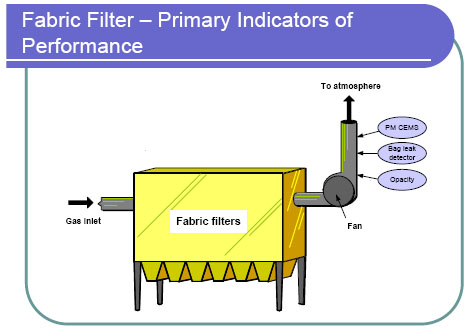
Monitoring by Control Technique - Fabric Filters | Air Emissions Monitoring Knowledge Base | US EPA
Fabric Filter Diagram - DesaignHandbags
Fabric Filter - an overview | ScienceDirect Topics
Baghouse - Wikipedia
Fabric Filter - an overview | ScienceDirect Topics
Particulates: Media selection for pulse jet fabric filtration - Filtration + Separation
Fabric Filters - SolidsWiki
Baghouse filter | technology | Britannica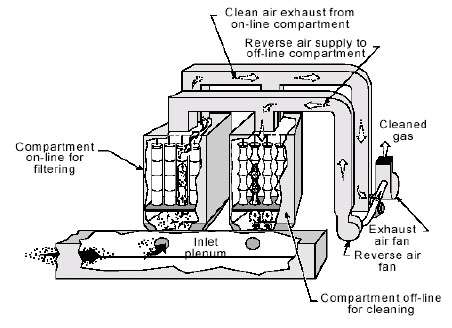
Monitoring by Control Technique - Fabric Filters | Air Emissions Monitoring Knowledge Base | US EPA
Pulse Jet Fabric Filter With Pps / Ptfe Filter Bags , High Temperature Resistant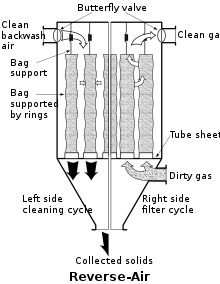
Baghouse - Wikipedia
A schematic diagram of the pulse-jet bag filter test facility. | Download Scientific Diagram
Reverse-Gas Fabric Filter - an overview | ScienceDirect Topics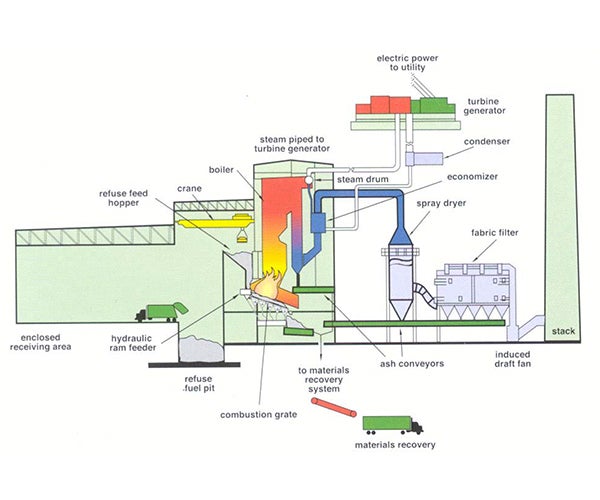
Baghouse Filtration Article | Improvement in Operating & Maintenance Cost with a Fabric Filter Conversion Using PTFE Membrane Filter Media | Gore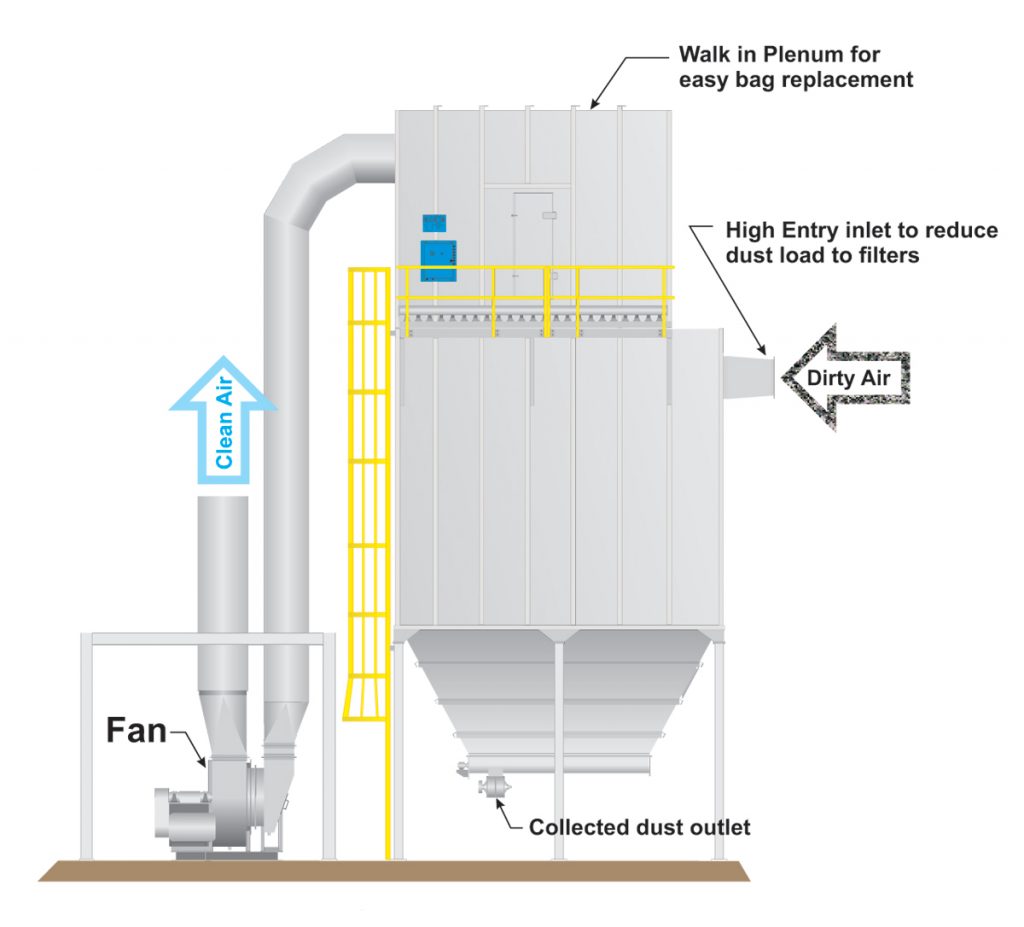
BAG FILTERS – Van Tongeren
Baghouse employing an array of fabric bags for filtering the Stock Photo - Alamy
Catalytic fabric filters | Dust Collectors - Various types - | Mitsubishi Power Environmental Solutions, Ltd.
Fabric filters
Neundorfer | Optimizing the Performance of Air Pollution Control Equipment
Bag Filter in Boilers & Bag filters Working Principle | Thermodyne Boilers
Working, Design Considerations and Maintenance of Bag Type Fabric Filters
Wheelabrator Fabric Filter Diagram of How it Works | Fabric filters, Filters, Fabric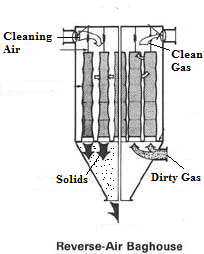
Baghouses and Baghouse Filters Selection Guide | Engineering360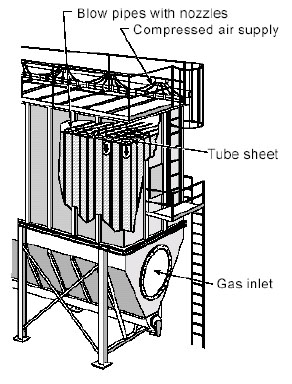
Monitoring by Control Technique - Fabric Filters | Air Emissions Monitoring Knowledge Base | US EPA
Pulse Jet Solenoid Valve - How They Work | Tameson
Experimental study of cake formation on heat treated and membrane coated needle felts in a pilot scale pulse jet bag filter using optical in-situ cake height measurement - ScienceDirect
Baghouse Filter | Wet Scrubber | Electrostatic
Custom Designed Dust Collectors - Baghouses - GCE Systems
Dust purification techniques - cloth filter - lenntech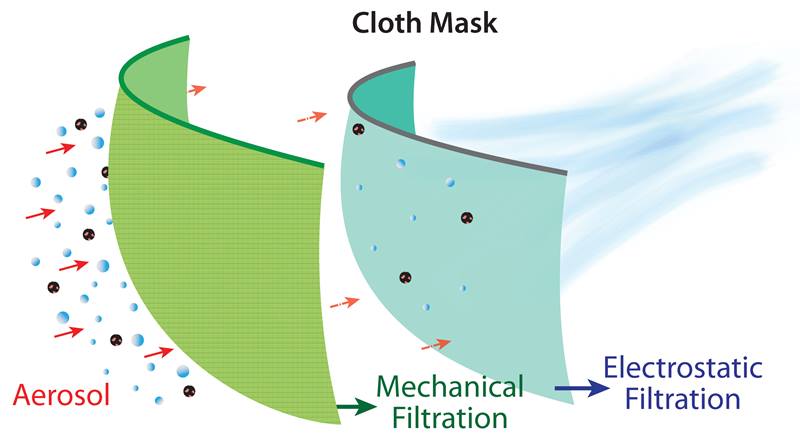
Facemask Fabric Filtration Efficiency | Department of Energy
HYBRID FILTERS | ELEX
Pulse Jet Fabric Filter Design - DesaignHandbags
Student Manual Chapter 7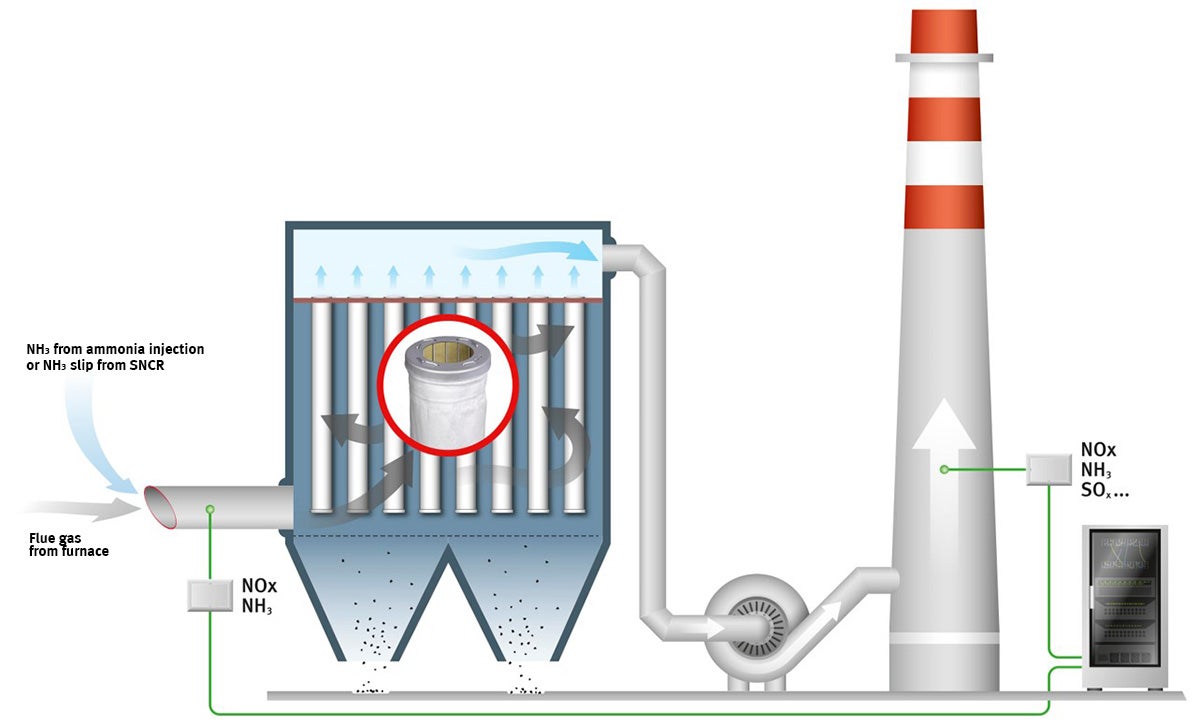
Industrial Baghouse Filter Bags for the Cement Industry | Gore
Filtration efficiency of common cloth mask fabrics | Argonne National Laboratory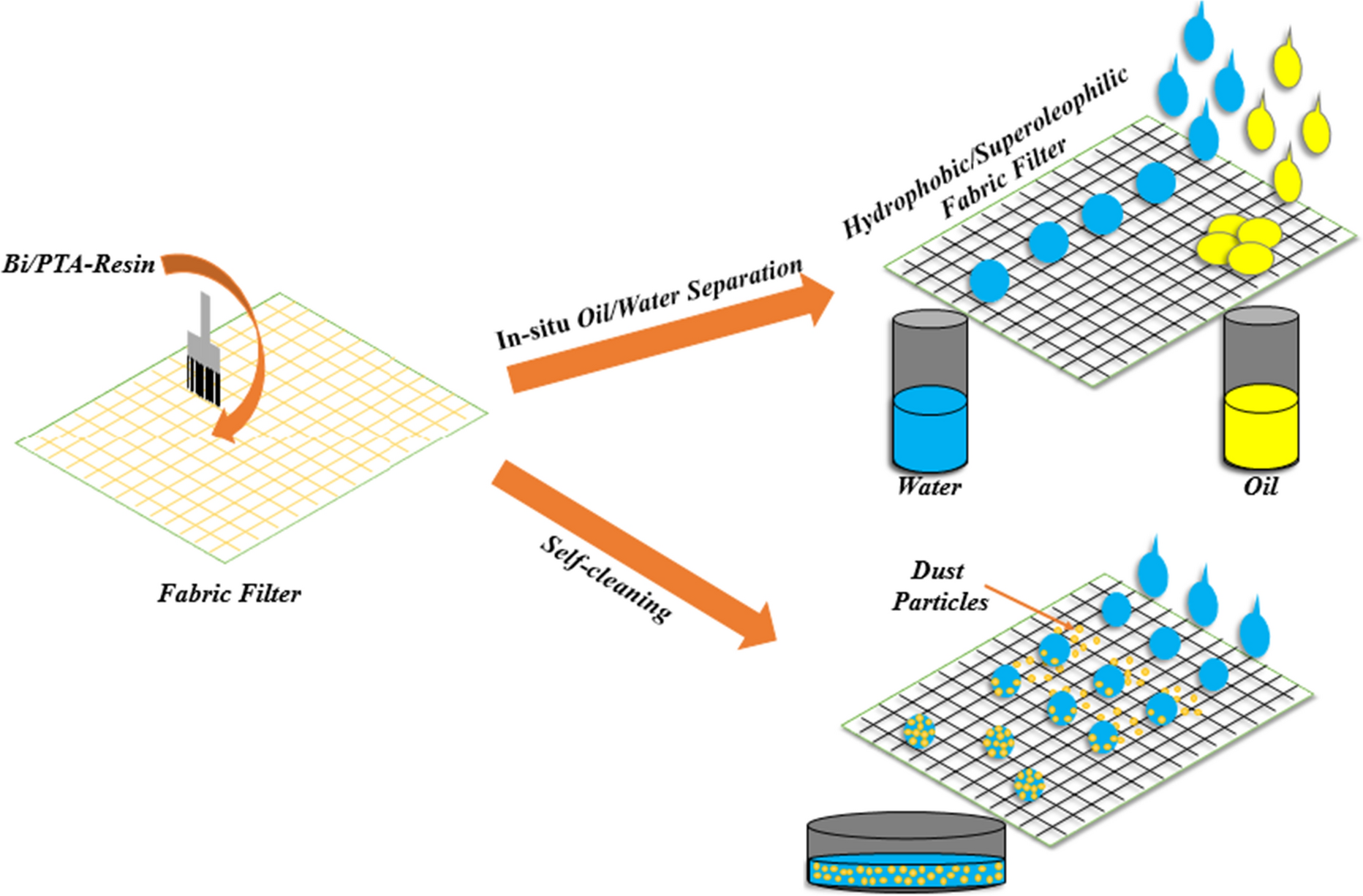
Scheme 2 | A reliable hydrophobic/superoleophilic fabric filter for oil–water separation: hierarchical bismuth/purified terephthalic acid nanocomposite | SpringerLink





























Posting Komentar untuk "fabric filter diagram"